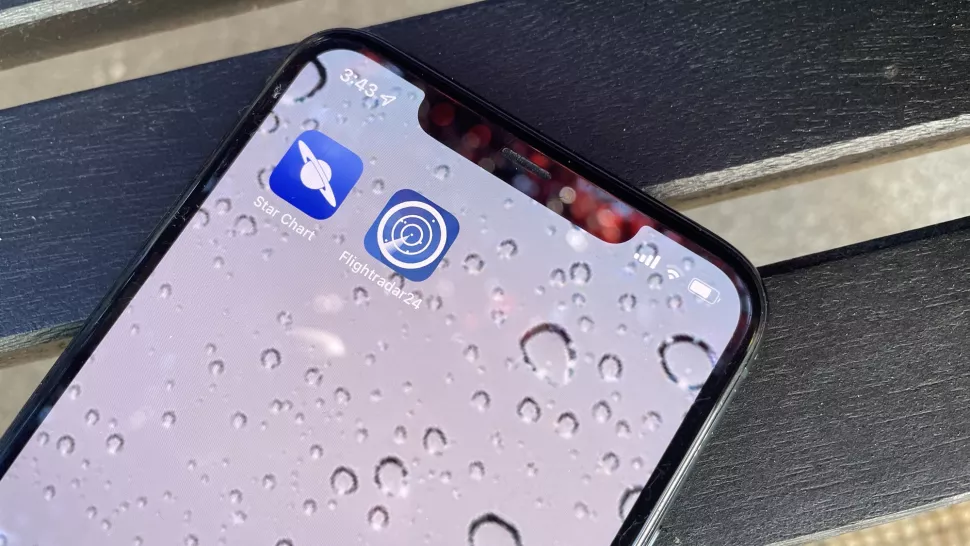 If most smartphone apps have one thing in common, it’s their tendency to turn your attention inward to the exclusion of the outside world. However, two of my favorite mobile apps use your phone’s camera, so you get even more out of the world around you.
If most smartphone apps have one thing in common, it’s their tendency to turn your attention inward to the exclusion of the outside world. However, two of my favorite mobile apps use your phone’s camera, so you get even more out of the world around you.
With augmented reality, these apps allow you to point your phone’s camera at different objects to learn more about them.
Much of this functionality is integrated into modern Android and iPhone devices – for example, the iPhone’s camera app can now recognize both dog breeds and plants, and both Visual Lookup and Google Lens also provide much more context for what you’re looking for. your smartphone’s camera.
But there are still some things that phones can’t do on their own yet. And that’s where these apps come in handy. While they didn’t make our list of the best AR apps, they’re still worth a look.
Best of all, both apps are available for Android and iOS phones, so you can use them regardless of which device you own.
Flight radar 24:
My home is close to the flight paths of Teterboro and Newark Liberty International Airport, so there always seems to be an airplane flying over there. As an old airplane fanatic, I always wonder what the plane is and where it is going.
Flightradar24 shows me all the information about every plane I fly – where it’s going, its altitude, speed, arrival and departure times and even pictures of the plane. But what I really like about Flightradar24 is the AR function.
With AR on, I just point the phone at the plane in the sky and see all this information at a glance. It’s nice to see a plane take off in Milan or Frankfurt, for example, and imagine yourself on the plane. Unfortunately, it only tracks civilian aircraft, so you won’t be able to see when Air Force One is flying.
Flightradar24 is free but offers two upgrades: a $9.98 annual subscription removes ads and includes more aircraft information and flight history, while a $34.99 annual subscription adds flight maps. , weather levels and more.
Star Map:
As the sun sets, I also look up at the sky to see what celestial bodies I can see. Even though the New York area has a lot of light pollution, the Star Chart app is great if you’re heading out into the countryside. As Carl Sagan once said, there are billions and billions of stars and I know nothing about them.
Like Flightradar24, as soon as you open the Star Map app, you simply point it at the sky to see what’s out there. The app uses your location data to save your point on Earth so you can see the stars in front of you when you look at the app.
Click on a celestial body to get more information about it, including its name, distance, and information to find it if you have a telescope. In addition to stars, it can detect planets, satellites and meteor showers.
The app is free, but the meteor showers, satellites, and expanded solar system add-ons are all one-time purchases of $4.99.









